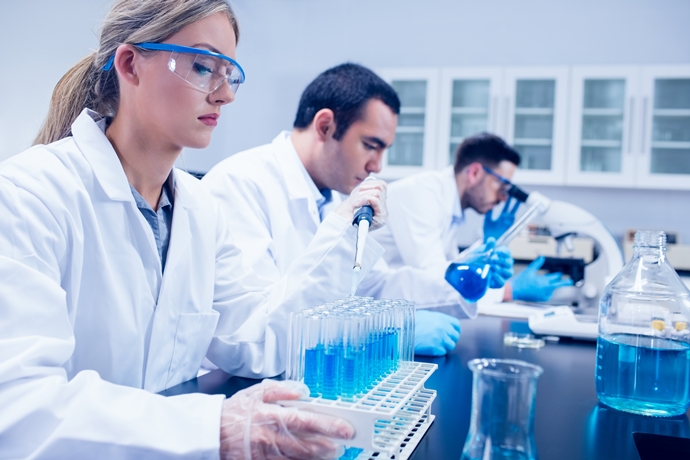
Induced pluripotent stem cells (iPSCs) are a powerful form of stem cell capable of differentiating into any other type of cell. It is the stem cell technology at the forefront of the field of regenerative medicine, where researchers repair or replace tissue in the human body using stem cells.
Researchers have used iPSCs to create fully formed human skin, fully functioning human hearts, and other organs. They have also demonstrated that iPSCs may be useful for treating various diseases and injuries including spinal injuries, diabetes, and heart disease.
To obtain iPSCs, a doctor will begin by obtaining some cells from a person (usually skin cells). The cells are reverted into a basic state using “reprogramming factors”, which are a set of compounds first discovered by Japanese scientist Shinya Yamanaka in 2006.
Once in this basic state, iPSCs can be prompted to turn into any other type of cell using other compounds. This allows scientists to create cells to build new tissue, repair existing tissue, or to treat disease. Unfortunately, current methods for producing iPSCS are somewhat inefficient. From a batch of 100 cells, approximately five will complete the transition to iPSC.
They used a combination of computational and laboratory methods to make cells pluripotent faster and with higher completion rates. They also discovered that the way cells are changed into pluripotent stem cells does not have to be performed in a stepwise manner.
They made the discoveries by examining how single cells differentiated using a technique called scRNA-seq. They found that cells can activate pluripotent properties without completely shutting down their differentiated features. That means a skin cell could become pluripotent without entering into a blank state – it can partially remain a skin cell.
These discoveries could have significant ramifications for ongoing medical research and lead to much better outcomes for patients receiving stem cell transplants.
Source: Research team finds new ways to generate stem cells more efficiently
{{cta(‘d62560c2-336a-4f88-9683-44a37a5bd7fd’)}}


